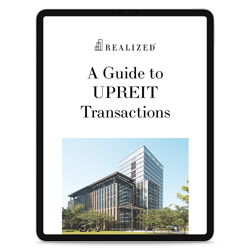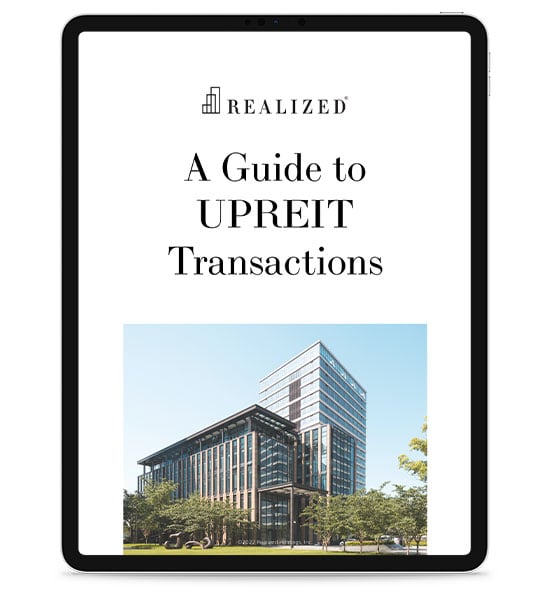
A REIT is a Real Estate Investment Trust. This fractional investment structure provides an opportunity for investors to participate in commercial real estate without being involved in the actual management or maintenance of the property. REITs own, operate, or finance properties intending to earn income for their investors. They work like mutual funds. The REIT Act was part of the Cigar Excise Tax Extension of 1960, passed by Congress and signed by President Eisenhower to broaden access to real estate investing. REITs were advanced further with the Tax Reform Act of 1986, which enabled REITs to operate and manage real estate in addition to owning or financing it.
According to the National Association of Real Estate Investment Trusts (NAREIT), 145 million Americans own REIT stocks, either directly or indirectly. Furthermore, forty countries allow REIT investments, expanding the industry across the globe.
REIT Property Types Expanded Slowly Following the 1960 Act
The REIT Act was passed in 1960, and the first investments to be packaged into trusts were community shopping centers and malls in 1961. Lodging and resort projects followed in 1970, then apartments, warehouses, and distribution facilities in 1971. Central business district office buildings were added to the offerings in 1972, racetracks in 1980, storage projects in 1986, and suburban office parks in 1988. REITs have added more sectors in subsequent years and today represent all commercial property options.
Some REITs invest in financial instruments related to property rather than the actual real estate. These are referred to as mortgage REITs (or mREITs). These companies operate like financial stocks and typically own mortgages, mortgage-backed securities, and other financial assets.
What Qualifies as a REIT?
REITs are tax-advantaged, pass-through corporations, which means that the company doesn’t pay federal income taxes at the corporate level. Instead, it passes income through to the investors, who then pay income tax. To maintain that status, a REIT must meet these structural requirements:
- Must invest at least three-quarters of assets in real estate, cash, US Treasuries, or real estate-related financial instruments.
- At least three-quarters of income must come from those activities.
- Must distribute at least ninety percent of taxable income to shareholders annually (and must have at least 100 shareholders).
- Must limit ownership concentration (no more than fifty percent held by five or fewer shareholders).
- Must have a board of trustees.
What Are the Advantages of a REIT?
Many REITs are publicly traded, which means investors can buy them like stocks, so they offer easy access and disposition. Owning a REIT gives an investor the ability to enjoy the benefits of real estate investment without having significant capital and without management responsibility. In addition, REITs seek to provide steady cash flow for investors.
However, REITs can be volatile like other stocks, and the dividends may be taxed at a higher rate than other income. In addition, owning non-traded or private REITs has additional risks since the Securities and Exchange Commission does not supervise those products.
This material is for general information and educational purposes only. Information is based on data gathered from what we believe are reliable sources. It is not guaranteed as to accuracy, does not purport to be complete and is not intended to be used as a primary basis for investment decisions.
Realized does not provide tax or legal advice. This material is not a substitute for seeking the advice of a qualified professional for your individual situation. A REIT is a security that sells like a stock on the major exchanges and invests in real estate directly, either through properties or mortgages. REITs receive special tax considerations and typically offer investors high yields, as well as a highly liquid method of investing in real estate. There are risks associated with these types of investments and include but are not limited to the following: Typically no secondary market exists for the security listed above. Potential difficulty discerning between routine interest payments and principal repayment. Redemption price of a REIT may be worth more or less than the original price paid. Value of the shares in the trust will fluctuate with the portfolio of underlying real estate. There is no guarantee you will receive any income. Involves risks such as refinancing in the real estate industry, interest rates, availability of mortgage funds, operating expenses, cost of insurance, lease terminations, potential economic and regulatory changes. This is neither an offer to sell nor a solicitation or an offer to buy the securities described herein. The offering is made only by the Prospectus.



